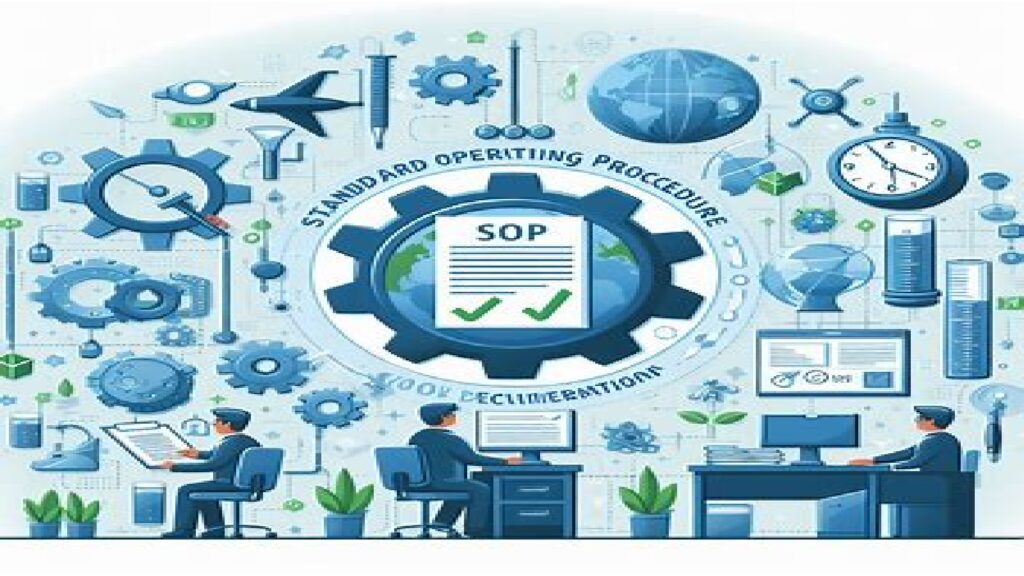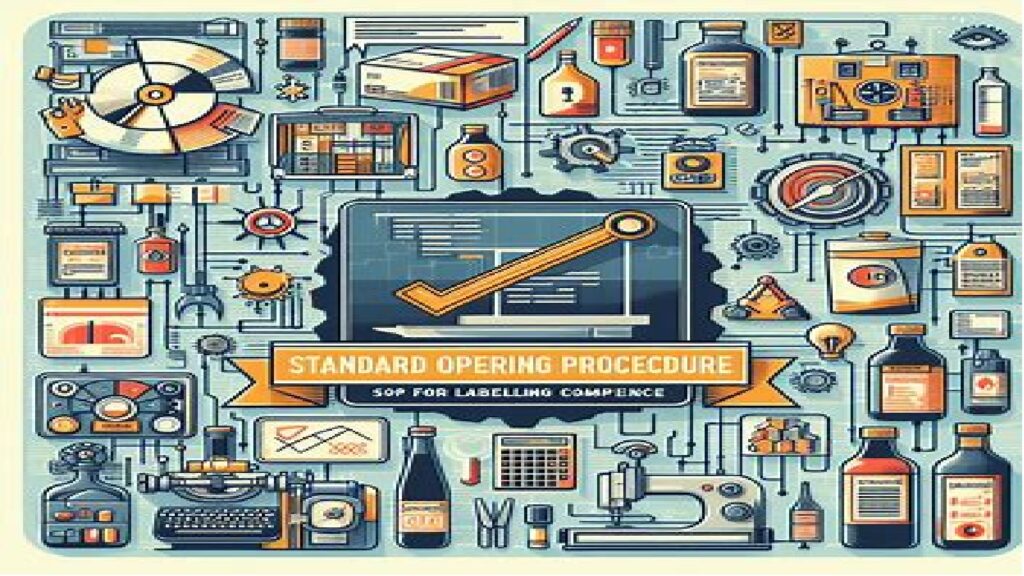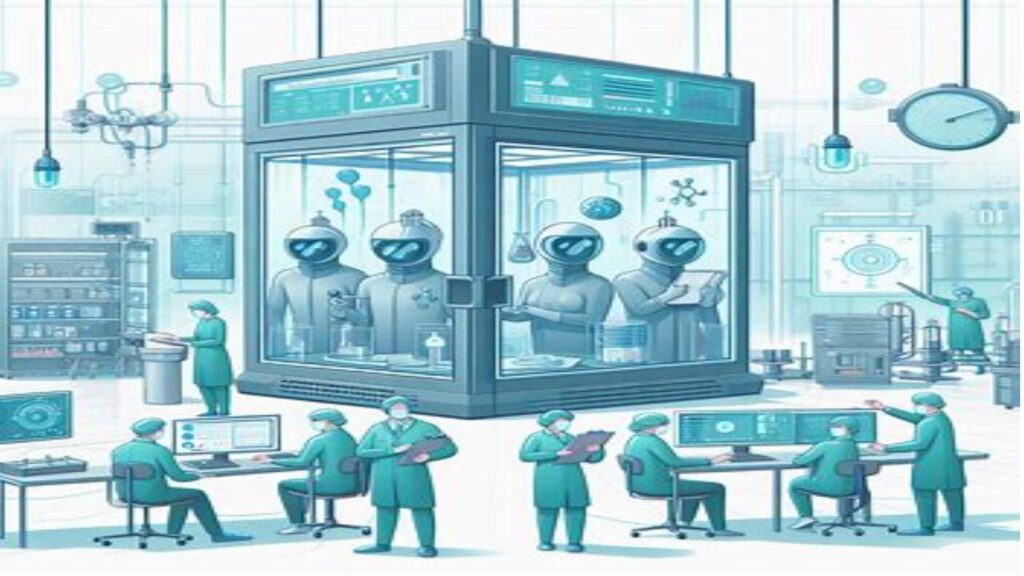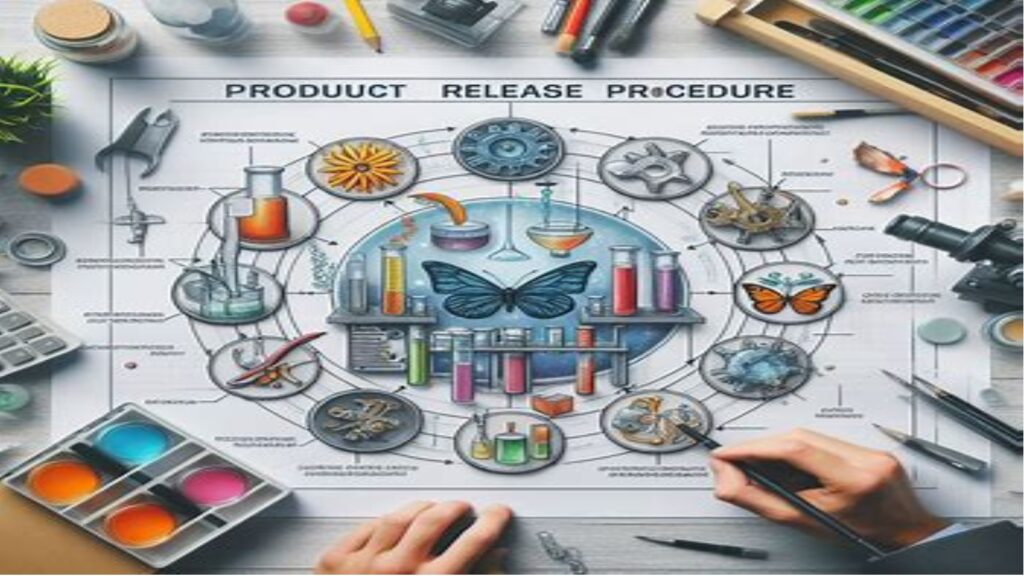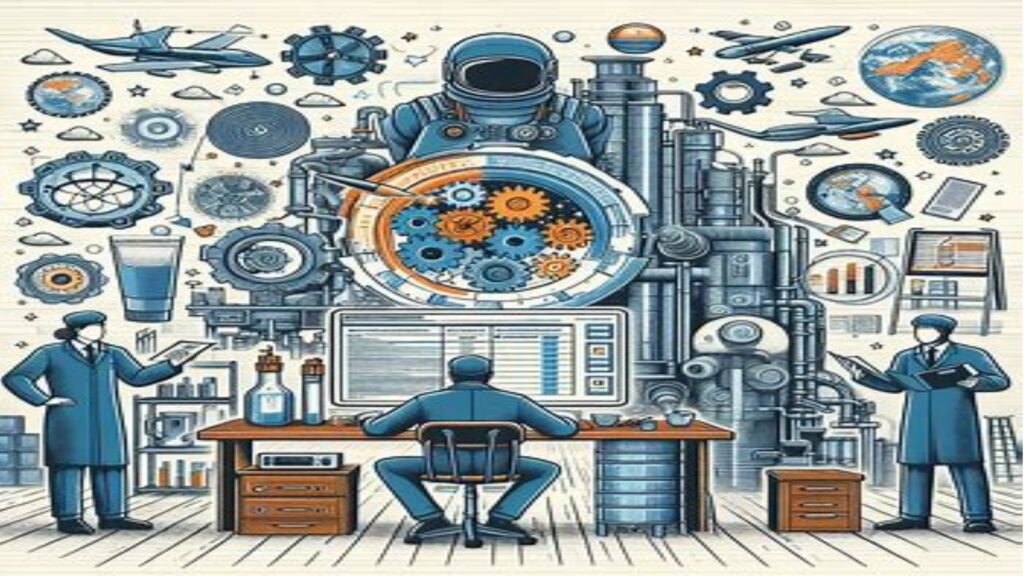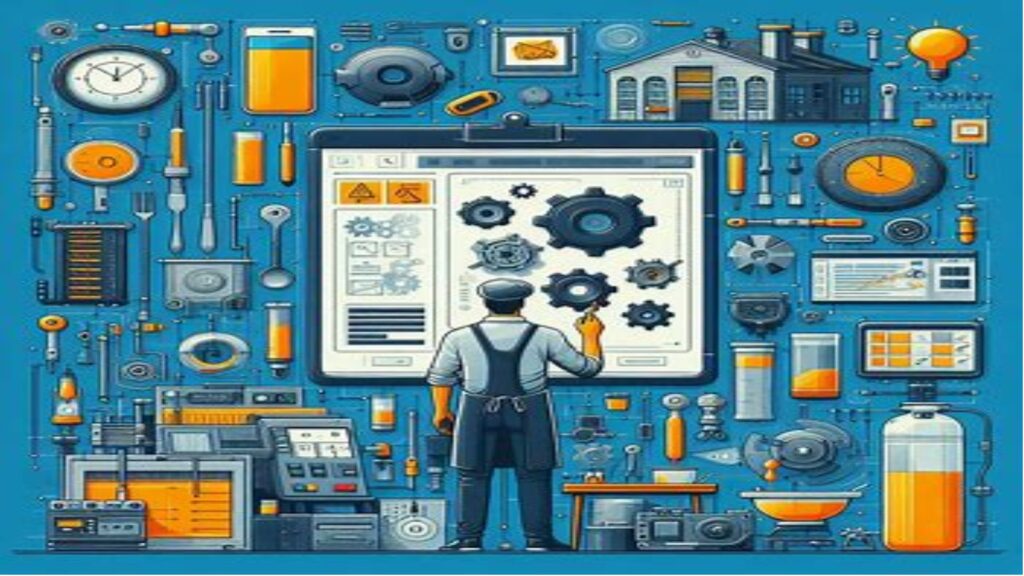Standard Operating Procedure (SOP) for Validation Master Plan
“Crafted to ensure compliance and quality standards, our Validation Master Plan SOP outlines meticulous procedures for validating systems, processes, and equipment. Discover our comprehensive approach to validation and ensure regulatory compliance.”
Standard Operating Procedure (SOP) for Validation Master Plan Read More »


